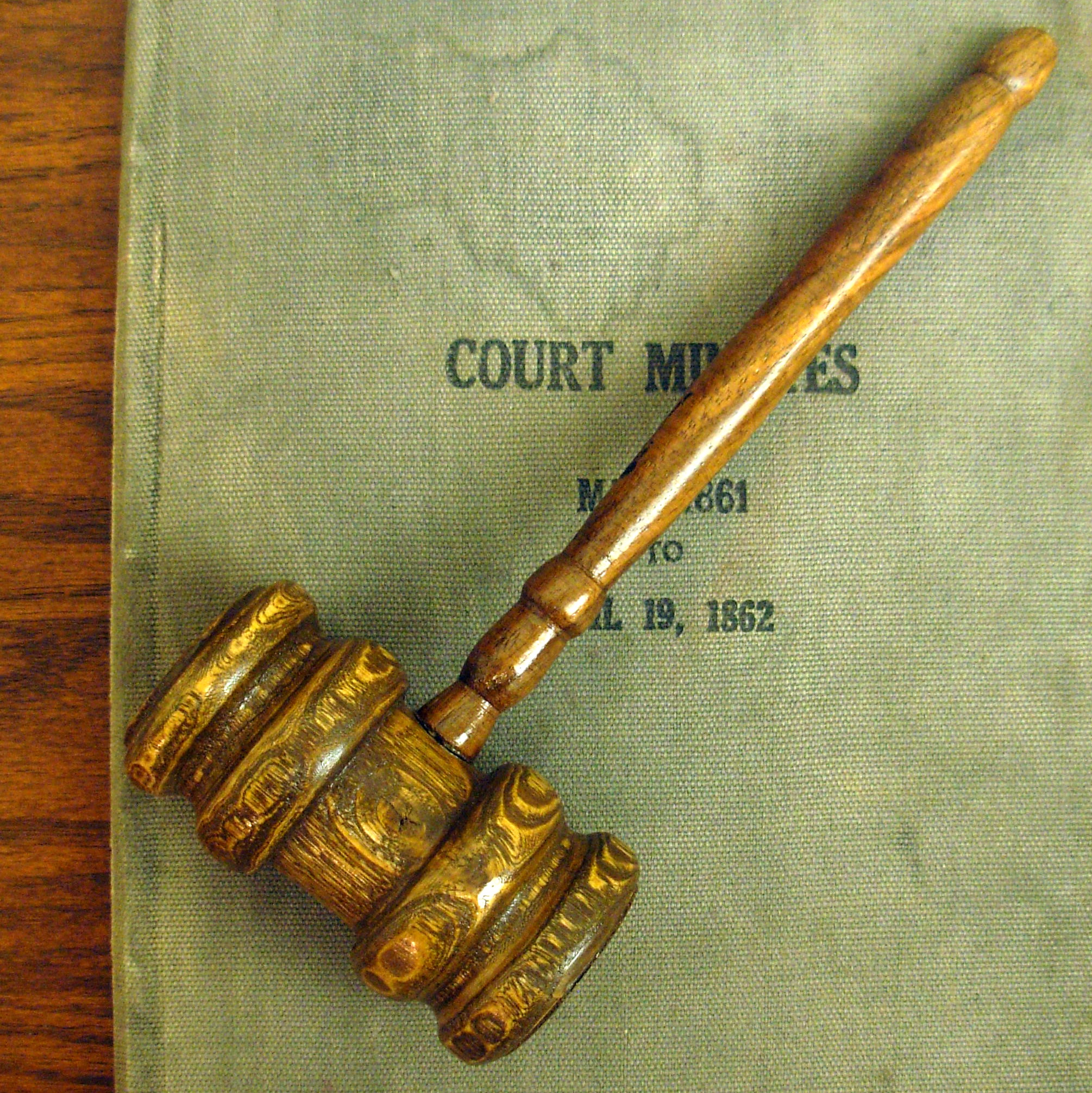Pennsylvania voters will be casting votes for a ballot initiative they have already defeated once this year. Why?
Because lawmakers realized what the outcome would likely be and decided at the last minute to invalidate the question wording to put something more misleading on the ballot instead. Based on a test run by a polling firm, they are going to get what they want by playing dirty.
What’s the issue? Judicial retirement ages.
In April, we were asked directly whether or not to increase the age at which judges could retire from 70 to 75. The question before voters was clear:
Shall the Pennsylvania Constitution be amended to require that justices of the Supreme Court, judges and justices of the peace (known as magisterial district judges) be retired on the last day of the calendar year in which they attain the age of 75 years, instead of the current requirement that they be retired on the last day of the calendar year in which they attain the age of 70?
It explained who it would apply to, the proposed change, and the old rule. Perfectly reasonable ballot question! Except that when you look at the history of these types of votes in other states, they almost always go down in defeat. So the lawmakers decided to change the wording at the last minute. Except absentee ballots were already printed and voting machines programmed. Instead, we were told that our votes wouldn’t count, so we shouldn’t bother voting on it. But 2.4 million people voted anyway, and they said no to the increase – exactly what lawmakers feared would happen.
When the new language was announced, a couple of former Supreme Court Chief Justices sued on the basis that it’s deliberately deceitful. You be the judge:
Shall the Pennsylvania Constitution be amended to require that justices of the Supreme Court, judges and magisterial district judges be retired on the last day of the calendar year in which they attain the age of 75 years?
Funny how now it sounds like you’re adding a judicial retirement age to the constitution instead of extending the terms of those in office! Even funnier that the current Chief Justice turns 70 this winter, and the next in line for the seat turns 70 next year. What an odd and completely unexpected coincidence! What an even stranger coincidence that the Supreme Court decided to leave the question alone with one Justice recusing, half saying it’s perfectly clear and the other half saying it’s confusing. Average age of the justices voting that it’s clear as day? 62. Average age of those voting that it’s clear as mud? 55. If you count the Chief Justice’s recusal as putting him in the camp of those wanting the new, confusing language, that average age goes up to 64.
While I did vote no on the initial non-binding vote, I could have been convinced that it’s worthwhile to increase the retirement age. But now, no way. This is a deliberate deception, and one columnist mentions that a local polling firm has found it’s likely going to work exactly how lawmakers and the courts wanted it to work.
Berwood Yost, chief methodologist for the Franklin & Marshall Poll, … found in a split-ballot experiment that voters presented with the current wording tended to vote “yes.†When asked if justices should be able to retire at 75 instead of 70, however, most say no.
If you’re a Pennsylvania voter, I would strongly encourage you to vote “NO” on the ballot question this November. More importantly, tell your friends and family who vote about what’s going so they know not to support this kind of deceit. In April, it was a legitimate vote on the retirement age. Next month, it’s a more of a vote on legal ethics. Don’t let them play these games and get away with it.


